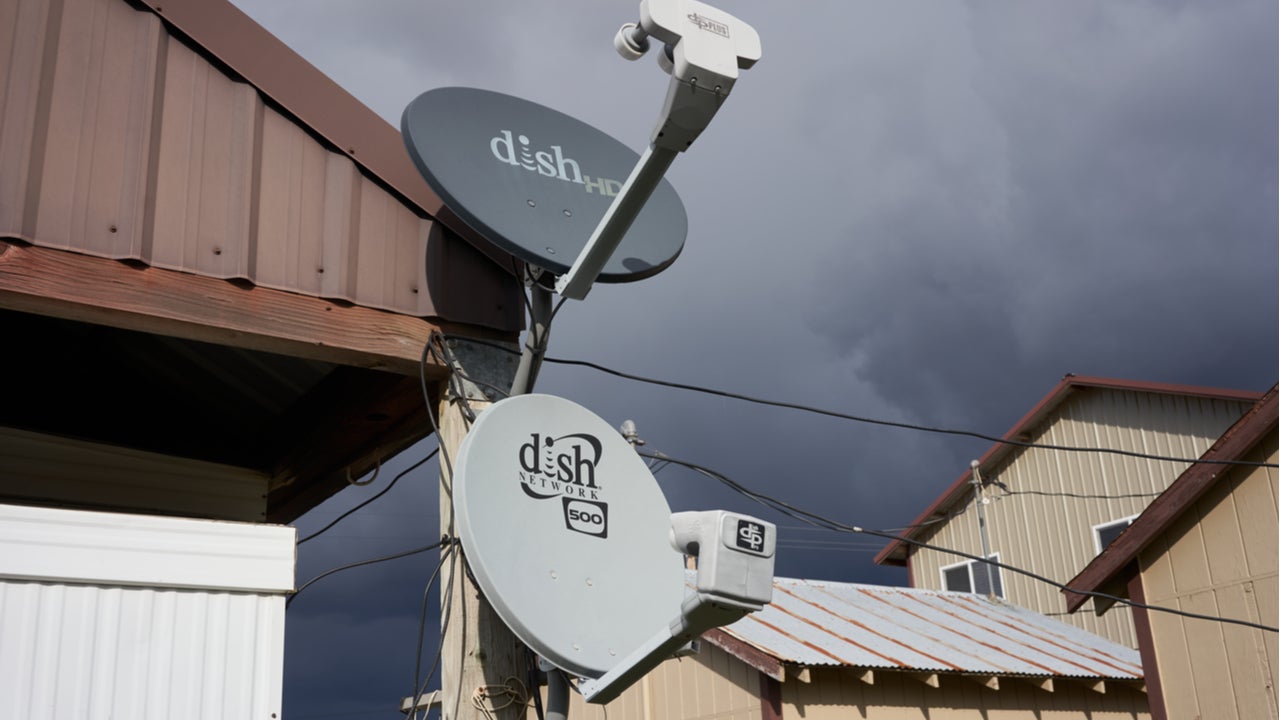
DISH Network’s Q3 2020 earnings results raised more questions than answers about its plans to become a network-based wireless service provider. Does the satellite pay-TV provider have what it takes to make an impact in the wireless sector?
DISH acquired Boost Mobile, previously the prepaid brand of Sprint, from Sprint’s own acquirer T-Mobile US on 1 July, 2020, gaining more than 9 million customers. The company also acquired diminutive mobile virtual network operation (MVNO) Ting Mobile on 1 August. That meant DISH reported metrics for these newly acquired businesses for the first time when it revealed Q3 earnings.
The news was not positive, as DISH lost 212,000 total wireless customers during the quarter, leaving it with 9.42 million subscribers. However, DISH is focused on profitability and retaining high-value customers and has indicated it is willing to lose subscribers that do not offer sufficient profit margins
DISH does not have its own wireless network, so it is operating Boost as an MVNO, buying wholesale network access from T-Mobile until DISH can build its planned cloud-native OpenRAN-compliant 5G network. DISH promised the FCC – the US telecom regulator – that its wireless network will cover 20% of the population by June 2022 and 70% of the population by June 2023, with a minimum of 15,000 cell sites.
However, the company confirmed during its Q3 earnings call that it has backed off a plan to activate 5G service in a single US market by year’s end, saying instead that it will have some preliminary markets up and running in Q1 2021. It won’t have a major market in operation until Q3 2021.
DISH needs persistence to succeed
DISH is also changing its network spending plan. Originally, the company intended to spend $10 billion – an amount that seems absurdly low – over three years to build its network but now says it will extend that full expenditure over seven years. That is because it will take a market-by-market monetization approach rather than building the entire network and then monetizing it.
How well do you really know your competitors?
Access the most comprehensive Company Profiles on the market, powered by GlobalData. Save hours of research. Gain competitive edge.

Thank you!
Your download email will arrive shortly
Not ready to buy yet? Download a free sample
We are confident about the unique quality of our Company Profiles. However, we want you to make the most beneficial decision for your business, so we offer a free sample that you can download by submitting the below form
By GlobalDataThe company aims to bring in revenues not just with wireless services for consumers but with services for enterprise customers, including Fortune 500 companies and even government agencies. Using 5G-enabled network slicing, the company believes it can create an attractive value proposition for enterprise customers seeking dedicated network access.
DISH’s lofty goals will take years to prove out, and its fluctuating plans give critics plenty of ammunition to argue that DISH does not have the right stuff (or enough funding) to succeed in wireless. Nonetheless, DISH has already come further than many expected on its wireless journey, and it is far too early to count the company out.




